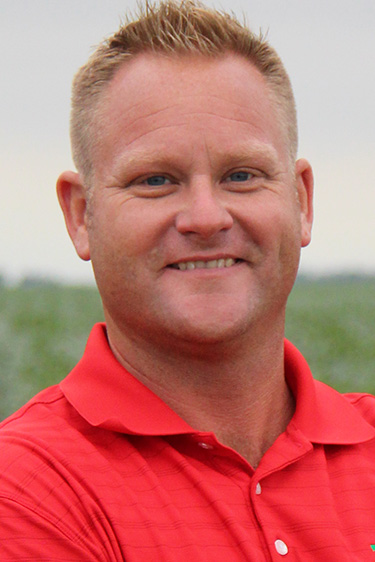ILSOYADVISOR POST
Soybean Seed Sizes for 2021 Planting Season
What looked to be an extremely good soybean year for growers in 2020, ended up being average to slightly above average. Last year was set up for better soybean yields than 2018’s record crop in many areas, but very dry August and September conditions took the top end out of the yields. This was very evident in the seed size at harvest. This is also carrying through for soybean seed for the 2021 growing season. Seed is much smaller than years past. It is not uncommon for many of the seed lots I have seen and treated to be above 3,000 seeds per pound. The previous years have been at, or well below 2,800 seeds per pound.
Growers should take this smaller seed size into consideration when choosing seed treatments for 2021, as well as evaluating their planter components. When considering seed treatments, a grower may not be able to adequately treat the seed with everything they would like to have on it. With smaller seed sizes, there is less surface area for treatments to adhere to. This will further limit the volume of products to be applied to a seed. Typically, we figure a seed size of 2,800 seeds per pound can handle about 8 ounces of product per 100 pounds of seed. If you go from 2,800 seeds per pound to 3,000, you are giving up around 10 percent of the surface area. I have seen some lots as small as 3,500 seeds per pound. Those lots would be closer to 25 percent in surface area reductions. A typical fungicide and insecticide seed treatment is about 4 ounces per 100 pounds and takes up about half of the possible “real estate.” In general, it leaves space for up to two more products as most inoculants, nematode products, and other seed treatments are anywhere from 1.5-2 ounces per 100 pounds. I encourage growers to maximize their “seed real estate” and go above the “base treatments.”
With smaller soybean seed, growers may also have to change their seed plates. Seed plates with multiple seasons on them may become worn and cause variability in planting populations. This can cause over seeding and doubles which often leads to lodging or increased incidence in years of white mold. Either can lead to significant yield loss.
Greg Suits, former Kinze salesman and Ehler Farms Manager, says “a 60 cell plate is good for seed sizes of 22-2,300 up to 4,000 seeds per pound. Wear on plates is influenced by number of acres covered and amount of graphite (or other flowability agents) used.”
For finger pick-ups, worn plates can cause issues and annual inspections are recommended. Suits also urged growers to evaluate brushes in finger pick-ups and air planters with the smaller soybean seed.
“The most critical part of a unit will be the brushes with smaller seed. For air planters, inspect the singulator brushes and adjust the air pressure to seed size.”
With more focus being given to population and spacing in soybeans, ensuring that equipment is in proper condition will be crucial to a great stand.
Many seed dealers are already taking in soybeans and I encourage growers to contact their seed sources to get a range of seed sizes for the varieties they are planting. This information could help deter any issues that may show up when they pull in the field to plant this spring.





Comments
Add new comment